Strangely, according to the chart comparing these different sub-species,
http://math.muni.cz/~niederle/tabulka.html
the real Crossocheilus siamensis looks very different from the Langei.
The slightly curved lateral black line do not start at the snout but at the opercle (gill cover). It also lacks barbells and has greenish fins. But it was all just text in a table/chart, no pictures to back up the claim that such a fish even existed.
Should anyone come across such a specimen, please take a picture!
I’ve personally tried using CAE (worthless and killed themselves jumping out of the tank) and a few “SAE” that I could not ID conclusively. However, given their aggressive behavior, lack of algae eating habits and missing young leaves on my plants, I suspect they’re Crossocheilus atrilimes/citripinnis. Most died from jumping out of the tank as the largest one kept chasing them.
I now have a tiny army of unknown “SAEs” in the tank. Will update once they grow big enough to ID. Already I can see moss being nibbled and a few fat looking C. atrilimes/citripinnis suspects.
A good friend also reported that the "SAE" obtained during one of our trips to NA was taking care of some of his BBA patches.
I had also taken note of a very large (more than 10cm) specimen at Bioplast that seems to be the champion algae cleaner there which looks very close to a langei.
For now, I'm no more enlightened other than to try and obtain only SAEs with the black blotch.
For the folks lamenting that their SAE's are lazy, fat, moss nibbling and fish food grabbing good-for-nothings, look again for the black blotch...
Other References
http://www.aquariacentral.com/forums/showthread.php?t=192330
http://math.muni.cz/~niederle/crossocheilus_siamensis_page.html
http://www.aquaticcommunity.com/aquariumforum/showthread.php?t=33198
http://issuu.com/john_n/docs/asw_issue7_september2008 (page 16-21)
The Fishes of the Endau Drainage, Peninsular Malaysia with Descriptions of Two New Species of Catfishes (Teleostei: Akysidae, Bagridae)
Heok-Hee Ng and Heok-Hui Tan Department of Biological Sciences, National University of Singapore
Phylogeny and Zoogeography of the Cyprinid Genus Epalzeorhynchos Bleeker (Cyprinidae: Ostariophysi) Jun-Xing Yang and Richard Winterbottom Copeia, 1998(1), pp. 48-63











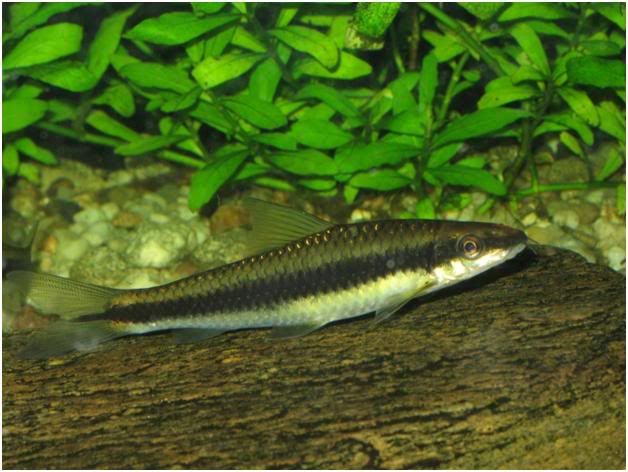
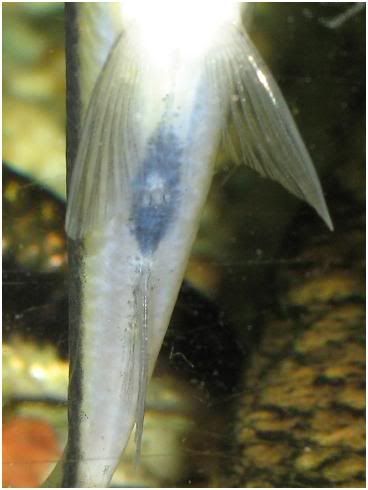

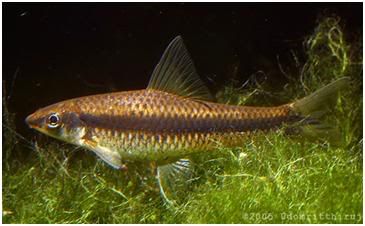

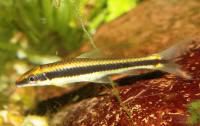
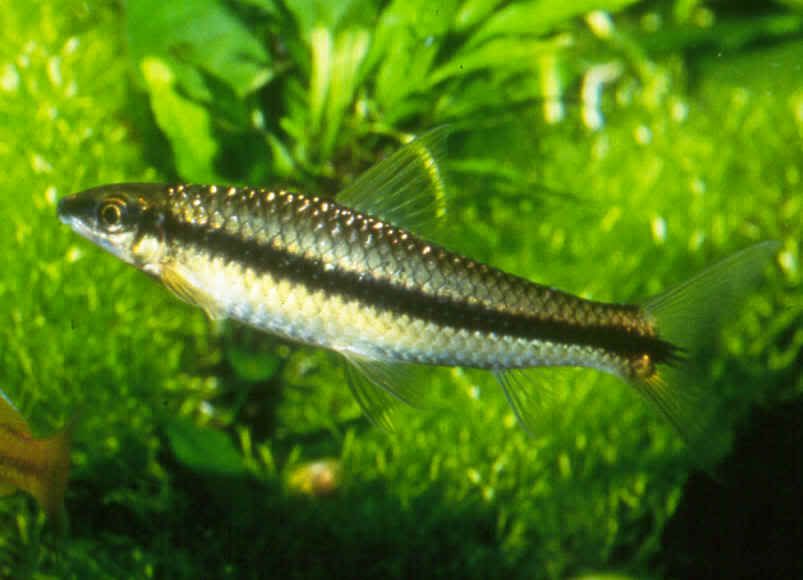

 Reply With Quote
Reply With Quote






Bookmarks